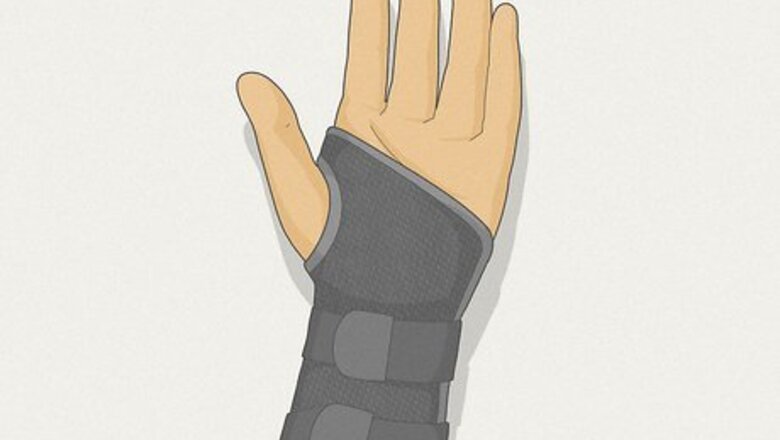
views
Using Physical and Mechanical Interventions
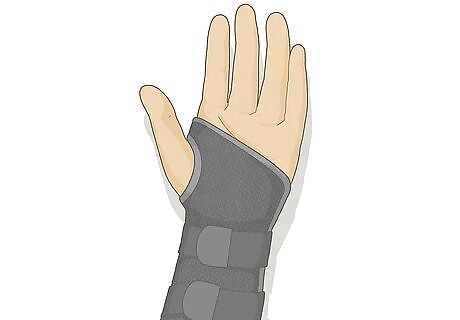
Wear a brace. This physical intervention is also called splinting and is commonly prescribed since it is a cheap and non invasive way of treating carpal tunnel syndrome. With this method, a lightweight plastic or wooden splint is applied under your palm, wrist and lower arm and is fastened around these areas to minimize the amount of bending that your wrist can do. By decreasing the amount that your wrist can bend, you can decrease the pain, numbness, weakness and the tingling sensations you are experiencing. The brace will keep your wrist in a neutral position, which will not only minimize your symptoms, but also allow your compressed nerve to begin to recover. Splinting is usually prescribed by your orthopedic specialist; he or she will prescribe the length of time that you have to wear the brace based on your own specific condition.
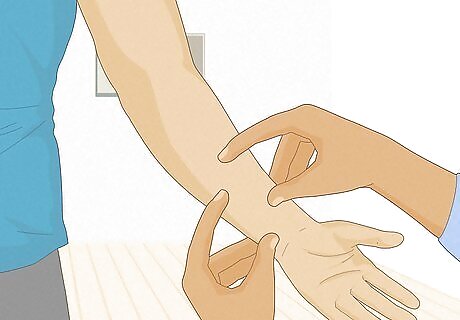
Go to physiotherapy. This is a form of rehabilitation that uses various methods to restore the functional use of your upper arm. Hand therapy is usually performed by a licensed physiotherapist or a registered physical therapist because they have the specialized skills to assess and evaluate each patient with carpal tunnel syndrome. Your physical therapist may manually manipulate your affected hand, massage the area that is in pain, and apply a special tape (kinesiology tape) around your upper arm to promote recovery. These will be described further in the following step.
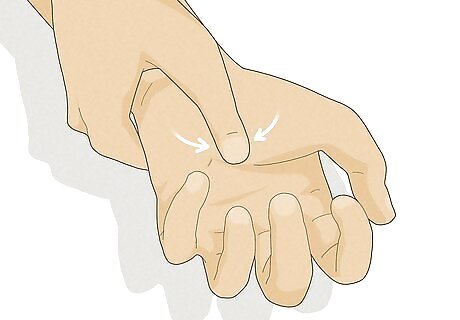
Try massage and manual manipulation. Massage therapy involves soothing and relaxing the tensed and inflamed muscles of your hand and wrist. It employs repetitive, circular, and one directional strokes that help to ease the pain of the inflamed area. It is generally performed by a physical therapist. Another intervention used in hand therapy is manual manipulation. This method is used by orthopedic surgeons, chiropractors and physical therapists to realign the affected joints and bones. Your therapist will make a sudden, but smooth, motion of extending and flexing your bone or joint to correct its anatomical position. Lastly, the use of kinesiology tape enables your therapist to bind the muscle fibers firmly together, relieving the affected part of pain and inflammation. It is also known to improve circulation in the affected area to facilitate healing and repair.
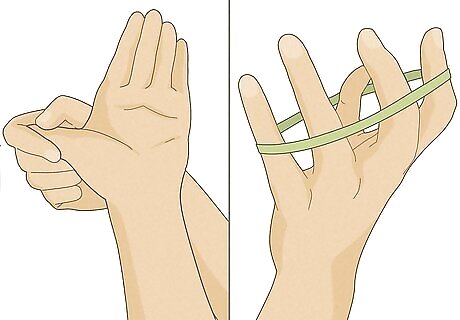
Exercise your hand. Certain hand exercise routines can be conducted to improve the functioning of your affected hand as well as decrease the occurrence of the symptoms of carpal tunnel syndrome. Two of these exercises include: nerve gliding exercise and tendon gliding exercise. They will be discussed in detail in the following steps.
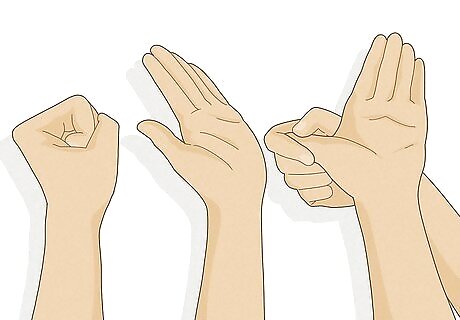
Try the nerve gliding exercise. Place your hand nearly level with your face so that your hand is in front of you. Your wrist should be in its neutral position and your palm should be facing away from you. Clench your fingers to form a fist while maintaining the wrist in its straight or neutral position. Straighten your fingers with your thumb close to your index finger. Bend your wrist backward and hold this position for several moments. Bring your thumb forward and away from your other fingers then rotate your palm to face you. Using your other hand, stretch your extended thumb out for two seconds. Repeat this process five times, three to four times a day.
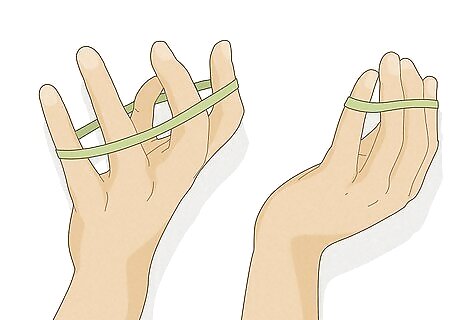
Practice the tendon gliding exercise. This exercise is also called the rubber band finger stretch. This exercise is intended to strengthen the muscles that open the hand and create balance with the muscles responsible for closing your hands. Place a thick rubber band around all of your fingers and thumb. Spread your fingers widely against the resistance exerted by the rubber band and hold this position for two to three seconds. After this time has passed, bring them back to the starting position. Try to repeat this process 10 times during the duration of one hour. If you find that it is easy to do this exercise, add another rubber band for extra resistance. Allow yourself rest in between repetitions.
Using Pain Relief Strategies
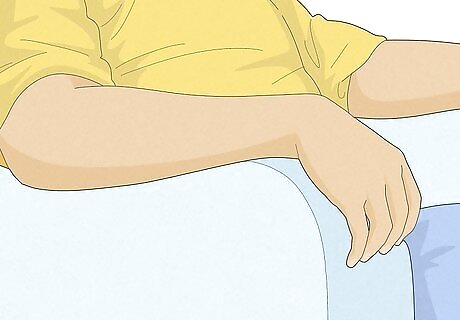
Rest the affected wrist and hand for at least two weeks. This is extremely important because immobilization of the affected wrist lessens stress and strain placed on it during movement, which allow the area to heal. During wrist motions, the tendons and ligaments of the small muscles of your hands and fingers that pass through the carpal tunnel slide and glide, which causes friction on other soft tissue structures. If this continues, it could make your condition worse. Part of resting your wrist is wearing the brace described in the first step of this article. You may also be advised by your doctor to refrain from participating in activities that cause you to bend your wrist. This could include typing.
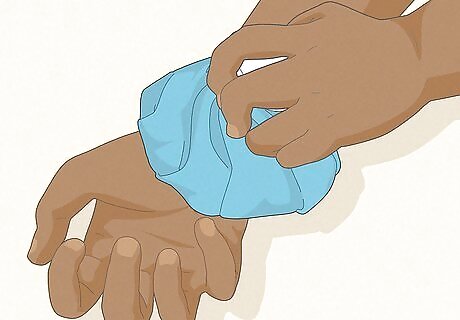
Apply a cold compress during the acute stage. If the condition is still in the acute stage (you have been experiencing the symptoms for less than six weeks) a cold compress can help to minimize swelling and inflammation. The cold compress restricts the blood vessels in the area, both numbing your pain and reducing swelling. Wrap a cold compress or pack of ice in a hand towel. Do not apply the ice or compress directly to your skin, as prolonged exposures to cold temperatures could lead to skin damage. Hold the compress on the area for 15 to 20 minutes, then remove the compress to keep from damaging your skin.
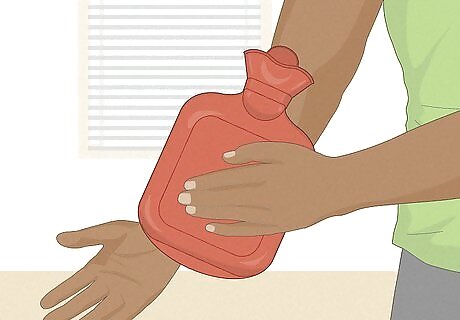
Use a warm compress after the initial six weeks. If the condition is already in the chronic state (you have been experiencing it for more than 6 weeks) cold compresses won’t work anymore. Instead, apply a hot compress or heat to the area to soothe the pain (the area should not be swollen at this time—if it is swollen, do not apply heat). The heat increases blood flow to the area, which can help to speed up the recovery process. Wrap a heated compress or hot water bottle in a hand towel. Hold the compress against your wrist for 15 to 20 minutes.
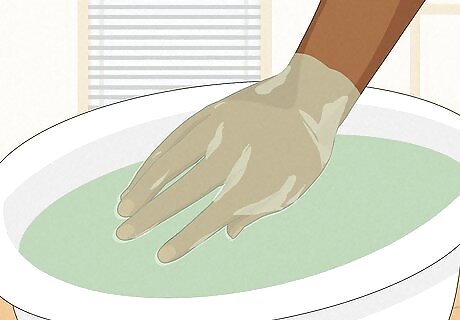
Try a paraffin wax bath. Your physical therapist (PT) may apply a paraffin wax to your wrist and hand. The wax will be heated in a special heater to roughly 125 degrees F (roughly 51 degrees C). While this may sound hot (as it should) touching 125 degree F paraffin is actually cooler than touching water that has been heated to 125 degrees F. Your PT will dip your hand and wrist the wax 10 or more times, each time allowing the wax to harden before your hand gets dipped in again. This helps to trap the therapeutic heat inside the wax glove, allowing the heat to fight pain and speed up the healing process. The wax will be left on your hand for 15 to 20 minutes and then removed.
Taking Medications
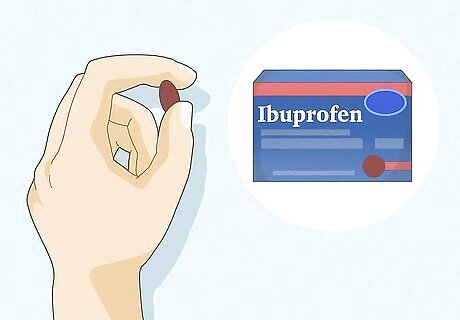
Use NSAIDs to relieve pain and inflammation. Non-steroidal anti-inflammatory drugs (NSAIDs) are used to fight pain and inflammation, which in turn can help to reduce the compression of your medial nerve. You can purchase NSAIDs over the counter at your local pharmacy. Common NSAIDs include aspirin, ibuprofen, and celecoxib.

Get a prescription for a topical anesthetic. A eutectic mixture of local anesthetics (EMLA) can help to fight the pain associated with the compression of your median nerve. EMLA is made up of two topical anesthetics, lidocaine and prilocaine. You can purchase EMLA in a cream or ointment form. Apply the EMLA to the area where you feel pain two to three times a day. Your physician may prescribe a specific dosage depending on your condition.

Take corticosteroids. The two commonly prescribed corticosteroids used to combat carpal tunnel syndrome include betamethasone and methylprednisolone. They work to fight inflammation, which in turn can help to relieve your pain. They can also help to speed up the healing process. The usual dosage of betamethasone for carpal tunnel syndrome is a 20 mg tablet once a day every morning. Methylprednisolone on the other hand is a similar corticosteroid that is usually dosed at 10 to 40 mg per day, depending on your symptoms and the severity of your condition. Although corticosteroid injections are usually prescribed and administered by your health care provider, you can also get oral corticosteroids if you are uncomfortable with injections or have an increase bleeding tendency.
Experimenting with Alternative Therapies
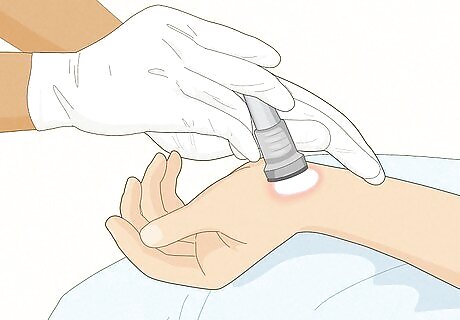
Receive laser treatments. In this alternative treatment procedure, low level lasers are applied along the course of the median nerve to relieve the patient of the symptoms of carpal tunnel syndrome. It is hypothesized that laser light can penetrate deeply in the tissues where it has a “photo-bio-simulative effect”. It is also believed to improve cellular repair by stimulating the immune and circulatory system. A medical practitioner with expertise in low level laser therapy will usually perform this therapy. The session is done once to see if it will be effective for you; if the symptoms subside, it can be done at least once every two to four weeks.
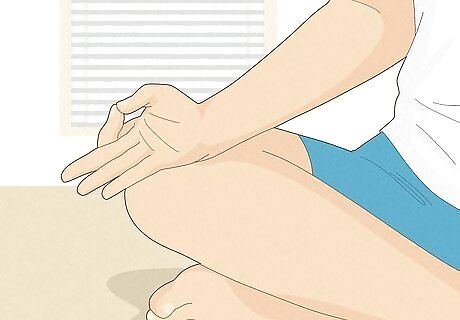
Practice yoga. Another alternative treatment to carpal tunnel syndrome is the performance of yoga routines, specifically those routines that focus on upper body postures and awareness of proper structural alignment and focuses on opening, stretching, and strengthening of the joints of the upper body. A beneficial yoga program for carpal tunnel syndrome would be a 1 to 1.5 hour session twice a week for a period of two months.












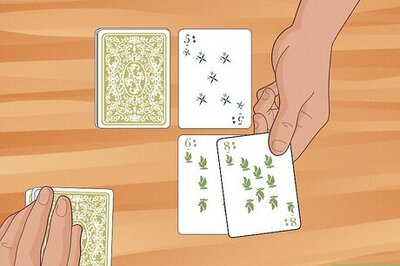

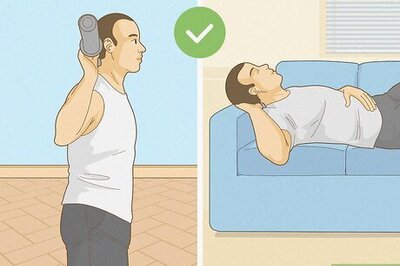
Comments
0 comment